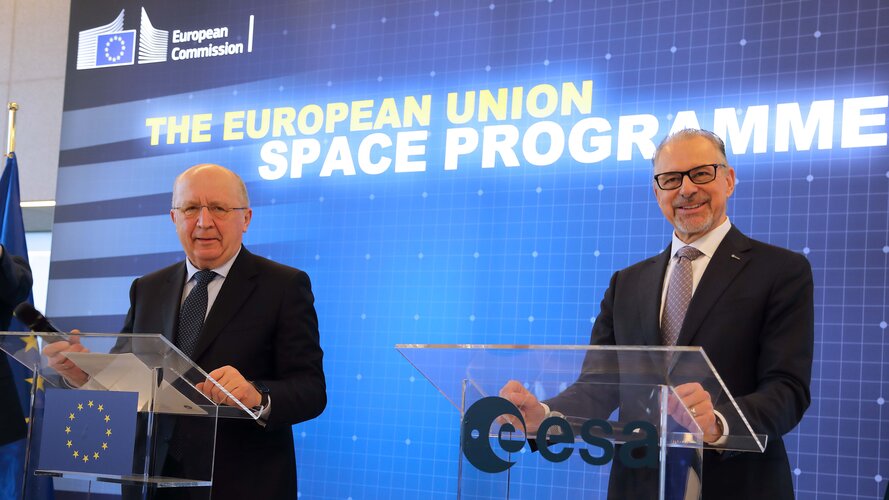How to Design Humane Autonomous Systems
Tuesday, 28 January 2025 08:55 In a rapidly evolving era of artificial intelligence (AI) and autonomous systems, a new book by a team of interdisciplinary scholars provides an essential examination of these technologies from a human-centered viewpoint. This open access book explores the ethical, humane, and comprehensive aspects of AI and autonomous systems, focusing on their influence on human life and work.
"When deve
In a rapidly evolving era of artificial intelligence (AI) and autonomous systems, a new book by a team of interdisciplinary scholars provides an essential examination of these technologies from a human-centered viewpoint. This open access book explores the ethical, humane, and comprehensive aspects of AI and autonomous systems, focusing on their influence on human life and work.
"When deve Company developing supersonic aircraft
Tuesday, 28 January 2025 08:55 China's private aerospace sector is showcasing its advanced technological capabilities, expanding beyond rockets, satellites, and drones to pursue a bold new venture: the development of a supersonic suborbital airliner aimed at drastically reducing intercontinental travel times.
Lingkong Tianxing Technology, an aerospace firm based in Beijing, revealed during a news conference on Monday in
China's private aerospace sector is showcasing its advanced technological capabilities, expanding beyond rockets, satellites, and drones to pursue a bold new venture: the development of a supersonic suborbital airliner aimed at drastically reducing intercontinental travel times.
Lingkong Tianxing Technology, an aerospace firm based in Beijing, revealed during a news conference on Monday in ESA and Viasat to explore advanced satellite direct-to-device connectivity
Tuesday, 28 January 2025 07:24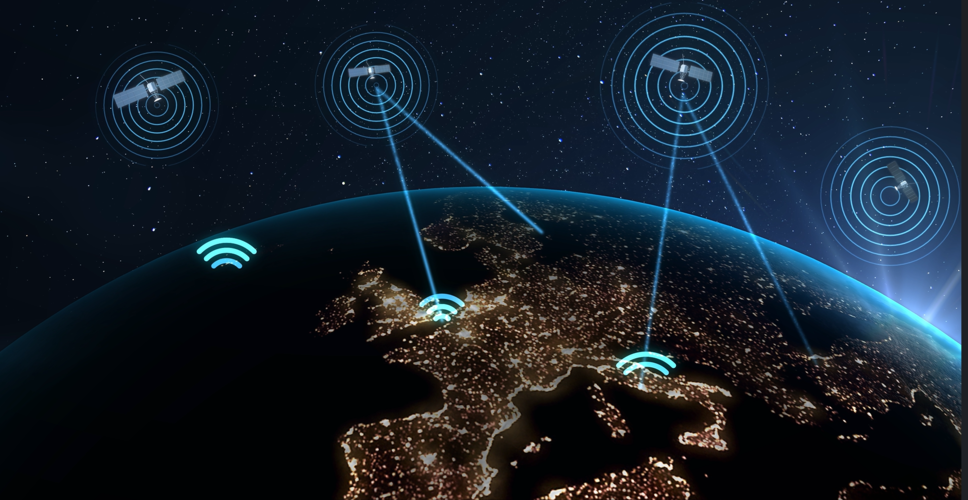
Today in Brussels, the European Space Agency (ESA) and Viasat signed an agreement to explore a partnership concerning a direct-to-device (D2D) satellite system, aiming to provide mobile broadband connectivity anytime, anywhere.
Media invitation: cleanroom visit to MTG-S and Sentinel-4
Monday, 27 January 2025 13:51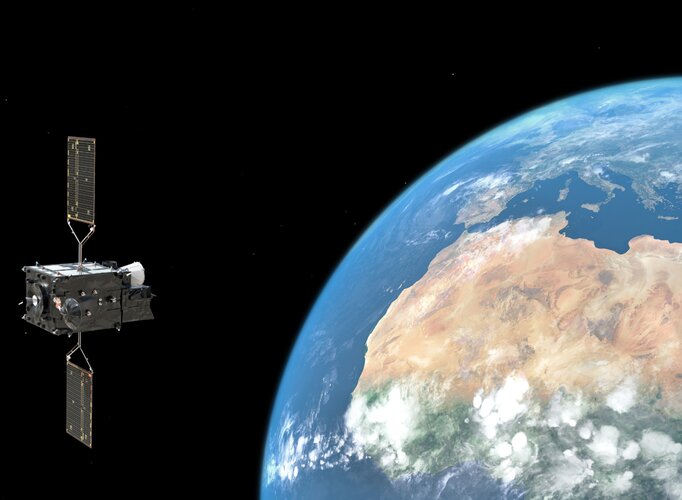
Media invitation: cleanroom visit to MTG-S and Sentinel-4
ESA and Hisdesat set to launch next-generation secure communications satellite
Monday, 27 January 2025 09:29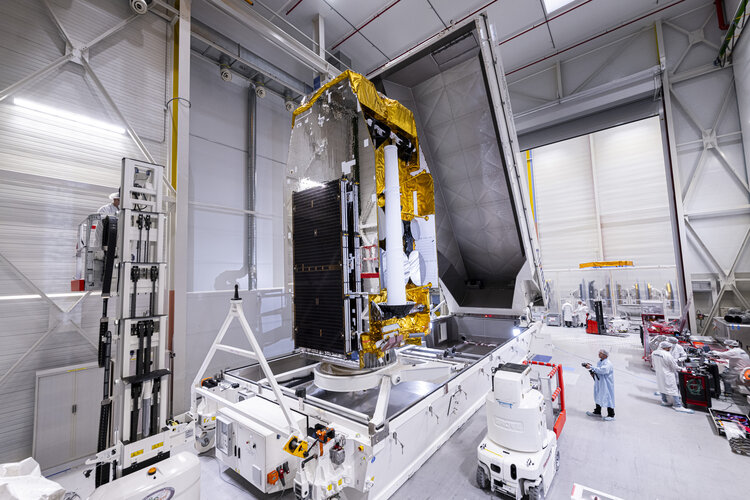
Hisdesat, Spain's premier provider of secure satellite communications, is set to launch its SpainSat Next Generation I (SNG I) satellite aboard a SpaceX Falcon 9 rocket on 29 January from Cape Canaveral, Florida at 20:34 EST (30 January at 02:34 CET). The European Space Agency (ESA)-supported satellite will provide more cost-effective, adaptable and secure communication services for governments and emergency response teams across Europe, North and South America, Africa, the Middle East and up to Singapore in Asia.
Smouldering woody debris fuels air pollution over the Amazon
Monday, 27 January 2025 09:25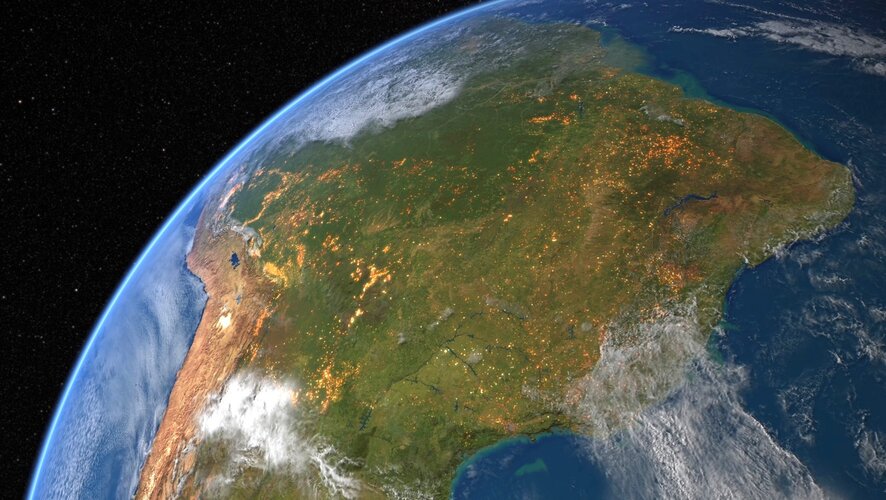
A groundbreaking study, funded by ESA, reveals that fire emissions in the Amazon and Cerrado are largely driven by the smouldering combustion of woody debris. This crucial discovery highlights the significant influence of fuel characteristics on fire emissions, with wide-ranging implications for global carbon cycles, air quality and biodiversity.
NASA's Artemis II rocket booster stacking process reaches new milestone
Monday, 27 January 2025 03:27 Assembly of the Artemis II moon rocket has reached its latest milestone with the stacking of the twin boosters' right forward center segment, NASA announced Friday.
The most recent addition is the sixth of the 10 motor segments in the Artemis II Space Launch System rocket to be integrated onto mobile launcher 1 inside the Vehicle Assembly Building at NASA's Kennedy Space Center in Flori
Assembly of the Artemis II moon rocket has reached its latest milestone with the stacking of the twin boosters' right forward center segment, NASA announced Friday.
The most recent addition is the sixth of the 10 motor segments in the Artemis II Space Launch System rocket to be integrated onto mobile launcher 1 inside the Vehicle Assembly Building at NASA's Kennedy Space Center in Flori Zenno expands superconducting space technologies in Japan
Sunday, 26 January 2025 09:05 New Zealand-based Zenno Astronautics (Zenno) has entered into a Memorandum of Understanding (MOU) with ANA Trading to introduce Zenno's superconducting space technologies to the Japanese market.
ANA Trading, a division of Japan's premier airline conglomerate ANA Group, is leveraging its aerospace expertise under the group's strategic initiative, "Next Stop, Space," to explore space-focused
New Zealand-based Zenno Astronautics (Zenno) has entered into a Memorandum of Understanding (MOU) with ANA Trading to introduce Zenno's superconducting space technologies to the Japanese market.
ANA Trading, a division of Japan's premier airline conglomerate ANA Group, is leveraging its aerospace expertise under the group's strategic initiative, "Next Stop, Space," to explore space-focused Eutelsat and NIGCOMSAT forge partnership to expand satellite services in Nigeria
Sunday, 26 January 2025 09:05 NIGCOMSAT has announced a major multi-year, multi-million-dollar partnership aimed at introducing low Earth orbit (LEO) satellite services in Nigeria. This pivotal agreement designates NIGCOMSAT as the primary satellite service provider in Nigeria, leveraging the OneWeb LEO satellite network to deliver high-speed, low-latency connectivity.
NIGCOMSAT has announced a major multi-year, multi-million-dollar partnership aimed at introducing low Earth orbit (LEO) satellite services in Nigeria. This pivotal agreement designates NIGCOMSAT as the primary satellite service provider in Nigeria, leveraging the OneWeb LEO satellite network to deliver high-speed, low-latency connectivity. NASA's OSIRIS-APEX completes 2nd perihelion of solar orbit
Sunday, 26 January 2025 09:05 NASA's OSIRIS-APEX (Origins, Spectral Interpretation, Resource Identification and Security - Apophis Explorer) spacecraft has successfully completed its second perihelion passage, reaching within 46.5 million miles of the Sun - between the orbits of Mercury and Venus - without exceeding its heat tolerances.
On January 23, 2025, the mission team finalized its review of data collected during
NASA's OSIRIS-APEX (Origins, Spectral Interpretation, Resource Identification and Security - Apophis Explorer) spacecraft has successfully completed its second perihelion passage, reaching within 46.5 million miles of the Sun - between the orbits of Mercury and Venus - without exceeding its heat tolerances.
On January 23, 2025, the mission team finalized its review of data collected during GMV to advance the Galileo High Accuracy Service with new data generator
Sunday, 26 January 2025 09:05 The European Union Agency for the Space Programme (EUSPA) has chosen GMV, a multinational technology leader, to develop a new iteration of the High Accuracy Data Generator (HADG) as part of Phase 2 of the Galileo High Accuracy Service (HAS). This service, which is a global pioneer, provides free real-time positioning corrections to all users. GMV was also responsible for the first version of the
The European Union Agency for the Space Programme (EUSPA) has chosen GMV, a multinational technology leader, to develop a new iteration of the High Accuracy Data Generator (HADG) as part of Phase 2 of the Galileo High Accuracy Service (HAS). This service, which is a global pioneer, provides free real-time positioning corrections to all users. GMV was also responsible for the first version of the Mining the dark sky with advanced cosmological simulations
Sunday, 26 January 2025 09:05 Researchers are utilizing the Aurora supercomputer to conduct expansive cosmological simulations aimed at unraveling the enigmas of dark matter and dark energy.
Scientists at the U.S. Department of Energy's (DOE) Argonne National Laboratory are on a quest to understand the most elusive components of the universe. Their work has the potential to answer enduring questions about cosmic evolut
Researchers are utilizing the Aurora supercomputer to conduct expansive cosmological simulations aimed at unraveling the enigmas of dark matter and dark energy.
Scientists at the U.S. Department of Energy's (DOE) Argonne National Laboratory are on a quest to understand the most elusive components of the universe. Their work has the potential to answer enduring questions about cosmic evolut China launches additional satellites for Spacesail Constellation
Sunday, 26 January 2025 09:05 China successfully launched 18 new satellites on Thursday as part of the ongoing expansion of the Spacesail Constellation. The satellites were sent into orbit from the Taiyuan Satellite Launch Center in Shanxi province, utilizing a modified Long March 6 carrier rocket.
The launch occurred at 1:15 pm Beijing Time, marking the sixth satellite deployment for the Spacesail Constellation. Each
China successfully launched 18 new satellites on Thursday as part of the ongoing expansion of the Spacesail Constellation. The satellites were sent into orbit from the Taiyuan Satellite Launch Center in Shanxi province, utilizing a modified Long March 6 carrier rocket.
The launch occurred at 1:15 pm Beijing Time, marking the sixth satellite deployment for the Spacesail Constellation. Each Satellite technology paves way for space traffic management
Sunday, 26 January 2025 09:05 The European Space Agency's Guidance, Navigation and Control (GNC) Test Facilities at the ESTEC technical centre in the Netherlands have been pivotal in supporting Lithuanian company Blackswan Space in testing their autonomous satellite navigation technology. The collaboration focused on the use of the GRALS (Guidance, Navigation, and Control Rendezvous, Approach, and Landing Simulator), which i
The European Space Agency's Guidance, Navigation and Control (GNC) Test Facilities at the ESTEC technical centre in the Netherlands have been pivotal in supporting Lithuanian company Blackswan Space in testing their autonomous satellite navigation technology. The collaboration focused on the use of the GRALS (Guidance, Navigation, and Control Rendezvous, Approach, and Landing Simulator), which i 

